- Air Homepage
- Search This Website
- Science Fair Project Ideas
- Kids Science Projects
Meteorology: Kids Science Projects
Find more about science.
Looking for original kids science projects? Weather or meteorology ones? You want to be specific when gathering information for either of these.
For one thing, try dictionaries and encyclopedias. Check out how others did it and maybe you'll find a better way.
If you're looking for science projects in weather, you'll find some useful and helpful resources.
The best way to approach an environmental science fair project is to start with a few questions and see what answers you get. See if you can find a way to prove your answers. Make something someone else can do later, hopefully with the same results.
Thinking critically
Science rules, as Bill Nye would say. Looking for some fresh ideas for your science experiment? Looking for something new? Let's talk weather science: Here, I brainstormed a few ideas for you. Where you live, what affects the weather?
Live in a big city with few natural resources, or in an area surrounded by nature? How does air pressure affect your local weather? Does it change with the weather? Local weather conditions are influenced by air pressure. Stormy weather is associated with low air pressure, while sunny, clear weather is associated with high air pressure. With the passing of fronts, air pressure can rise and fall.
How do other factors alter the weather? What's the relationship between the weather and the climate in your region? Maybe you'll experiment with wind and clouds; if so, what creates and influences them? With your Science project, you can answer these questions.
Students in college and high school can do weather and meteorology science fair projects. Some of them can be adapted for middle and elementary school.
Determine what's appropriate based on the complexity of the project. Also, the student decides how serious the project should be.
Try a project designed for a slightly higher grade level or one requiring more research and strategic thinking if your kid loves weather.
Kids science projects should also take the teacher's recommendation into consideration, since schools have guidelines for effort levels. It'll help you and your student decide what to do.
A few Kids Science Projects
for those in the earlier grades to try:
- How Clouds are Formed? A science project could involve creating a visual model to show how clouds form. You could use hot water to create steam, then let the steam cool and condense on a surface to simulate water vapor condensing into droplets.
- Weather and the Climate of your area - For this project, students could research the weather and climate patterns in their area and create a presentation or display to show what they found. Data like average temperatures, precipitation levels, and seasonal changes could be included.
- How does a Wind Meter really work? Building a homemade wind meter and testing its accuracy against a commercial model could be a science project. Make an anemometer out of cups and straws by researching wind measurement principles.
- How do climates change around the world? The students could look for patterns in how climates have changed over time by researching historical climate data. Also, they could look at how human activity and natural events like volcanic eruptions affect climate change.
Students in middle schools can look at projects such as:
- Making your own Psychrometer? A science project could involve building a psychrometer to measure relative humidity. Calculating relative humidity can be done using a thermometer, a wet bulb, and a dry bulb.
- What is Common between Dry Spells and Wet Spells? Students could look for patterns or similarities between dry and wet spells by researching factors that contribute to them, like temperature and atmospheric pressure.
- How to make a Barometer or a hygrometer using strands of your own hair? Make a homemade barometer or hygrometer using a glass jar, a balloon, and hair strands for a science project. A homemade instrument could be tested for accuracy by researching the principles of air pressure or humidity measurement.
- How does Atmospheric Temperature affect Snow? Students could research how temperature impacts snowfall patterns and snow accumulation. To explore the relationship between atmospheric temperature and snow conditions, they could use data like temperature readings and snow depth measurements.
- Making a Map out of Weather Balloon Data. Data from weather balloons can be used to create a map of atmospheric conditions as part of a science project. You could use Google Earth to visualize the data collected by weather balloons.
- How much Oxygen really is in the Air? Students can research the composition of air and the relative proportions of oxygen, nitrogen, and other gases for this project. To measure the amount of oxygen in a given sample of air, they could use chemical reactions or gas chromatography.
Even a project related to
The more advanced students can look to projects such as:
- Tracking geomagnetic storms in the ionosphere. Tracking geomagnetic storms in the ionosphere: Students can research how solar activity affects the ionosphere and use magnetometer data to track geomagnetic storms. Geomagnetic storms could also affect power grids, satellite communications, and other tech.
- What we can do about ozone depletion? We can do something about ozone depletion: A science project could involve researching the causes and effects of ozone depletion. In addition, students could look at policy and international agreements like the Montreal Protocol.
- Air Pollution - is it really a threat and why: Student can research the causes and effects of air pollution and its impact on human health and the environment for this project. Also, they could promote cleaner energy sources and improve transportation infrastructure to reduce air pollution.
- How do Cold and Warm fronts collide? Make a visual model to show how cold and warm fronts collide and create weather patterns like thunderstorms and tornadoes. You could use food coloring and water to simulate warm and cold air masses.
These would make great articles: Meteorology and Science. Finding the right kids science projects for meteorology starts with asking the right questions. Find a new way to prove it and make it repeatable.
What was your science project?
Got a great science project idea? Maybe you enjoyed one of these or found a successful one you enjoyed. Did it work? Was it something to do with weather?
Maybe you screwed it up like I did...and can laugh about it now. I'd like to help.
Was it fun? What grade were you (or your child) in? We'd all like to hear about it. That way you can re-live the memory.
Here are some examples
See contributions from other visitors to this page...
Tornado in a bottle. 




This was a project I did a while back its pretty easy. All's you need is two bottles and water and tape. This got me a second place ribbon so it not …
amanzing Not rated yet
We flew a plane over the whole school and almost crashed it, but we got 1st place and we got into a photo in the school.
Barry's response - Wow! …
Water maker Not rated yet
All you have to do is get a black piece of trash bag or any other black wrap and then you have to get clear wrap.
Then get three jars and fill them …
tornadoes Not rated yet
Can and one help me with my tornado? Give me steps, please.
Barry's Response -
1) Be prepared: If you ever get these storms, know where …
I love science Not rated yet
I did this science fair project where I tested whether plants grew better with classical music. It was a great learning experience that I loved all along …
Solar Power and Atmospheric Conditions Not rated yet
I did a project in Middle School about how various environmental conditions effected the efficiency of Solar Panels.
To do this I obtained a solar …
Density Not rated yet
I experimented with different liquids and used basic density equations to calculate their densities (mass/volume) and predict which liquids would float …
Weather Experiments - ideas for you Not rated yet
I researched Shasta Dam and its effect on the ecosystem of Shasta lake since it was built.
Barry's Response - That would have been a good project …
Rain Gauge Not rated yet
Its been many years since I did a school science project, but my daughters were working on a weather gauge project when in High School. They were asked …
Hovercraft Not rated yet
Basically built a small hovering disk to show the properties of air pressure.
Take an old CD, a balloon, and a liquid soap container. Remove the …
The hot air ballon Not rated yet
My hot air balloon. I actually made a real hot air balloon but only about 3'by 3' and it was to explain how heat rises and how an actual hot air balloon …
How simple machines help you. Not rated yet
We did this one in the 5th grade.
We obtained a piece of a fallen tree that looked like a miniature tree. It was about three feet tall after we trimmed …
Go back from Kids Science Projects to
Article: Meteorology
Search this site for more information now.
Can YOUR kids have fun with weather science projects?
Are you spending too much time searching for science projects for children? Check out these ideas for creating your own plan air projects. Don't be afraid to use your imagination.
Do you have concerns about air pollution in your area??
Perhaps modelling air pollution will provide the answers to your question.
That is what I do on a full-time basis. Find out if it is necessary for your project.
Have your Say...
on the StuffintheAir facebook page
Other topics listed in these guides:
The Stuff-in-the-Air Site Map
And,
Thank you to my research and writing assistants, ChatGPT and WordTune, as well as Wombo and others for the images.
GPT-4, OpenAI's large-scale language generation model (and others provided by Google and Meta), helped generate this text. As soon as draft language is generated, the author reviews, edits, and revises it to their own liking and is responsible for the content.
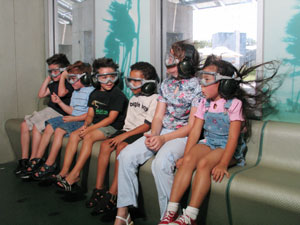
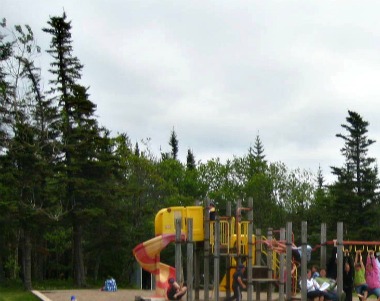
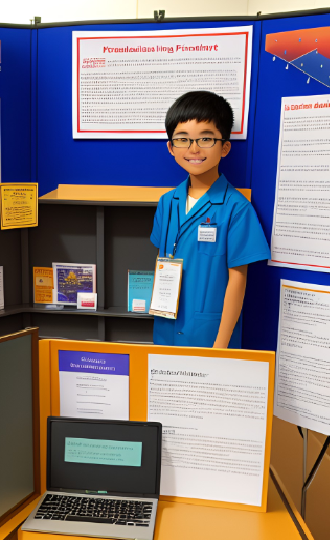








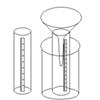
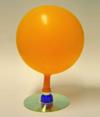
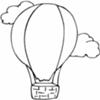


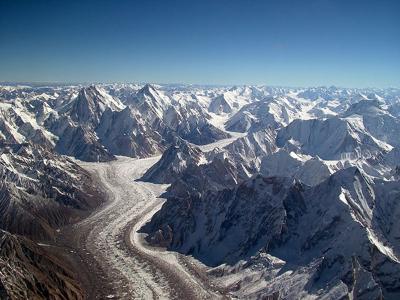
New! Comments
Do you like what you see here? Please let us know in the box below.